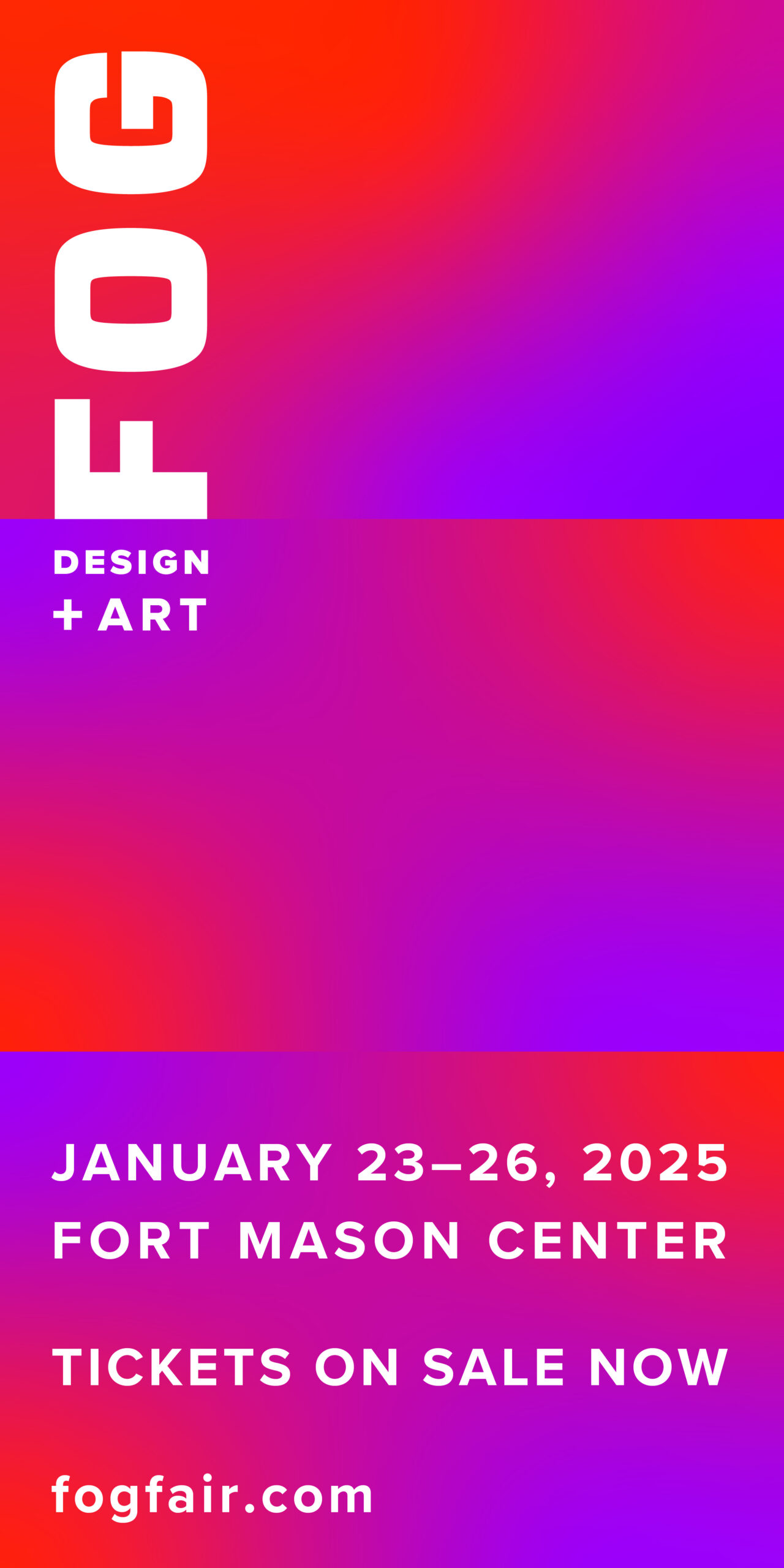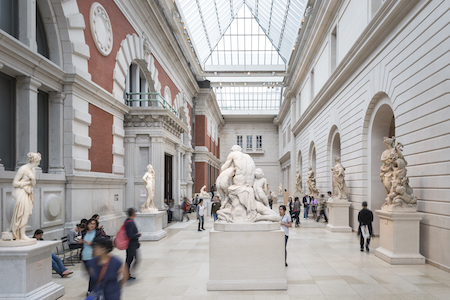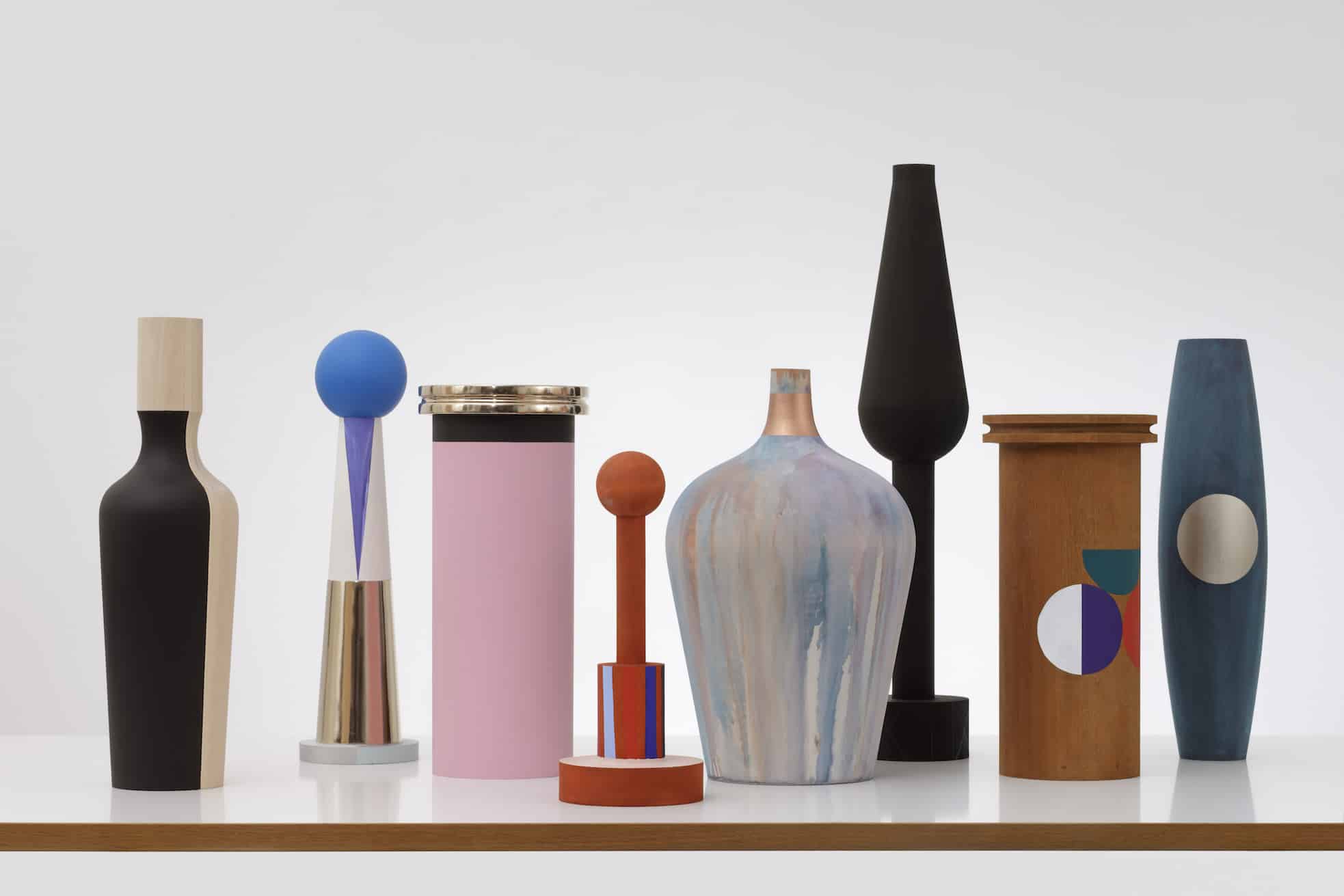This year’s Design Miami/ Designer of the Year Award 2012 went to Acconci Studio, headed by Vito Acconci. The manifestation of that honor will come in two parts: a site-specific installation by the studio entitled “HERE/THERE, NOW/LATER” and a model of its Klein-Bottle Playground commissioned for Miami’s Design District in 2014. We spoke with Acconci in the weeks leading up to Design Miami/ about the exhibition (on view December 5–9 at the Buena Vista Building in the Design District) and his design practice’s current preoccupations.
KATY DONOGHUE: When you founded your studio you wanted to focus on public spaces rather than private. Why?
VITO ACCONCI: Maybe it started that way because I’m interested in spaces that people use. Obviously this can happen in a private space, too, but the kind of enticing thing about a public space is that people disagree, people argue. When people argue and disagree, new things can happen, maybe new thoughts can happen too.
At the same time, after a number of years, I think of design differently. I think design starts in the private space. Architecture starts with the way skin covers bones, and then the way clothes cover skin. Then there are the things used with your hands, tools, for example, and from there it goes on to furniture, which in a way is a small house (an armchair has legs, a back, its almost an enclosure). It can start either way, with a group of people or a person.
KD: You’ve said it before, and you just mentioned that you’re not interested in viewers so much as users.
VA: Yeah, viewers mean nothing to me [laughs]. I like situations where people are in the middle of things. I’m not so interested in visual spaces, but in tangible spaces.
KD: And then the visual or aesthetic aspect of your design come as a function of the tangible?
VA: I’ve never understood what people mean by aesthetics. That doesn’t mean I’m not interested in form, but I’m interested in form if it leads to other things. I like things that can possibly change people’s viewpoints. It might not be right, but those are some of the biases I have.
KD: The question of, “How do we make something changeable?” is something you always go back to when designing.
VA: For me, the worst thing about architecture is that people become subservient to it, the architecture is there and people have to adapt to the architecture. I think architecture should serve people and maybe allow people to change the space they are in. Ideally a person should be able to go into a space, and if they are tired, they can lean against the wall, then the wall starts to recess and makes something like a seat. Once the person isn’t tired anymore, and gets up, the wall should go back to its original form. I don’t know how to do that, but I think the only way change in general can happen is if people can change their surroundings, change their environment, not so much rebuild, but have things change temporarily. I think future architecture will probably be mobile.
KD: I read an interview where you said that you like to design for users that don’t mind having a second chance at being a child.
VA: Yeah because children begin by being much more inventive than some of them turn out to be because adults tell them there is nothing useful about going under a table and turning it into a make-believe house. I think play allows people to try out so many things. The idea of playing and puns are so important to me.
KD: Is that what lead you to the Klein Bottle Playground that was commissioned by Miami’s Design District?
VA: The playground was something that we designed in 2000. Some people in Switzerland asked us (and a number of other people) to design a playground, which would be proposed to children in different cities and they would pick the playground they wanted. It was never built, though. It will be built now, but not until 2014.
KD: So what can we expect to see next week in Design Miami/ from Acconci Studio?
VA: It’s not quite a retrospective. What I wanted to do was [show] a kind of space that is a mixture of real life physical spaces. I wanted to make anticipations of future projects rather than a review of the past. So its still kind of open-ended now, but it will be about what we hope we can do later.
KD: So sort of like preoccupations of the studio right now?
VA: More and more we’re thinking [about questions like] do things really have to have surfaces? Can things be exploded into particles, pixels? I have no idea how things like that can stand up, but I think a lot of people are thinking about not so much forms, but air. I know I keep thinking can there be something like thick air that you could possibly sit on? I don’t think that can happen, but I think it’s hard in a computer dominated world not to want to think in smaller and smaller pieces.










